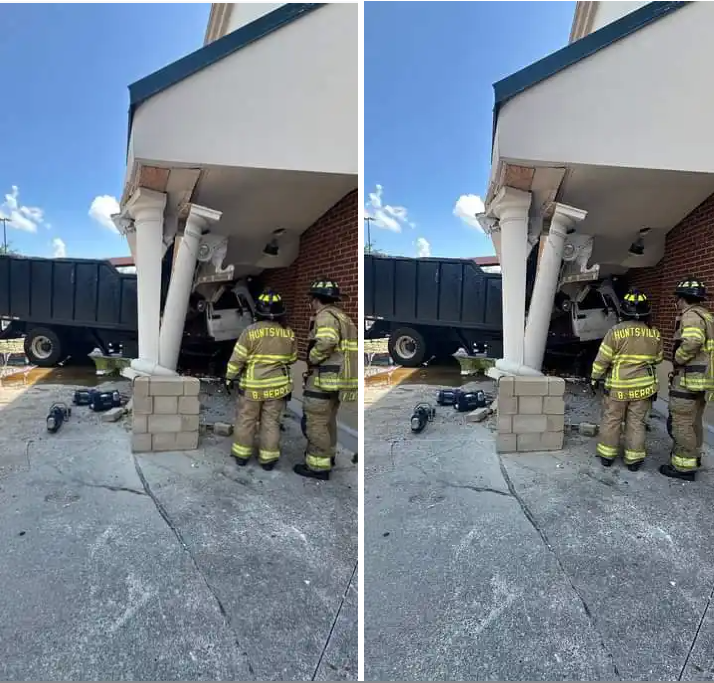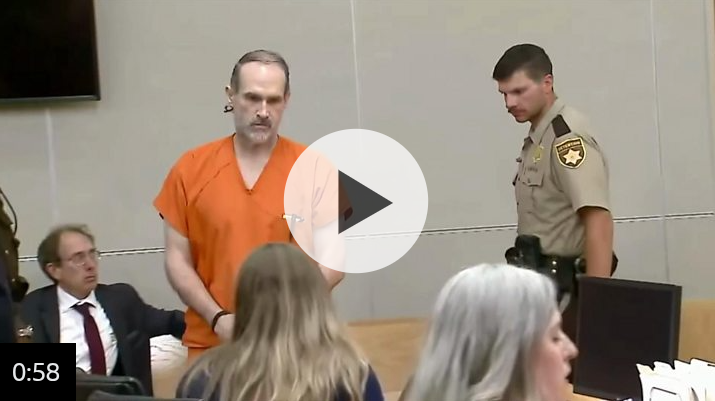A large group of demonstrators gathered in New York City to voice their opposition to U.S. Immigration and Customs Enforcement (ICE). Their protest escalated when they entered Trump Tower, one of Manhattan’s most high-profile buildings, and staged a sit-in. The group’s action was part of a broader movement aiming to draw attention to what they perceive as unjust immigration policies and enforcement tactics.
The protest quickly gained momentum as more activists joined in, chanting and holding up signs that criticized ICE and demanded an end to what they called harsh immigration practices. Their presence inside Trump Tower drew the attention of law enforcement, building security, and bystanders, effectively halting business as usual. The demonstrators, some of whom were livestreaming the event, emphasized that their intent was peaceful civil disobedience meant to spark national conversation.
However, the demonstration took a turn when the NYPD responded with a significant police presence. Officers moved into the building and began making arrests after repeated warnings were ignored. According to witnesses on the scene, dozens of protesters were taken into custody. The NYPD has not yet released an official statement on the number of arrests or the charges involved, but footage from the scene shows a coordinated removal of activists from the premises.
This protest is part of a larger trend of direct-action events that have been unfolding across major cities in the United States. Activists have increasingly targeted symbolic locations, such as Trump Tower, to underscore their grievances with federal immigration policies. These actions often provoke a strong law enforcement response, further fueling public debate about the right to protest and the appropriate limits of civil disobedience.
While the event has sparked heated reactions online and offline, it continues to raise questions about the future of immigration policy, the role of protest in democracy, and how far demonstrators can go in making their voices heard. As the nation watches how these protests evolve, the arrests at Trump Tower are likely to become a touchstone in the ongoing dialogue about civil rights and immigration reform.



